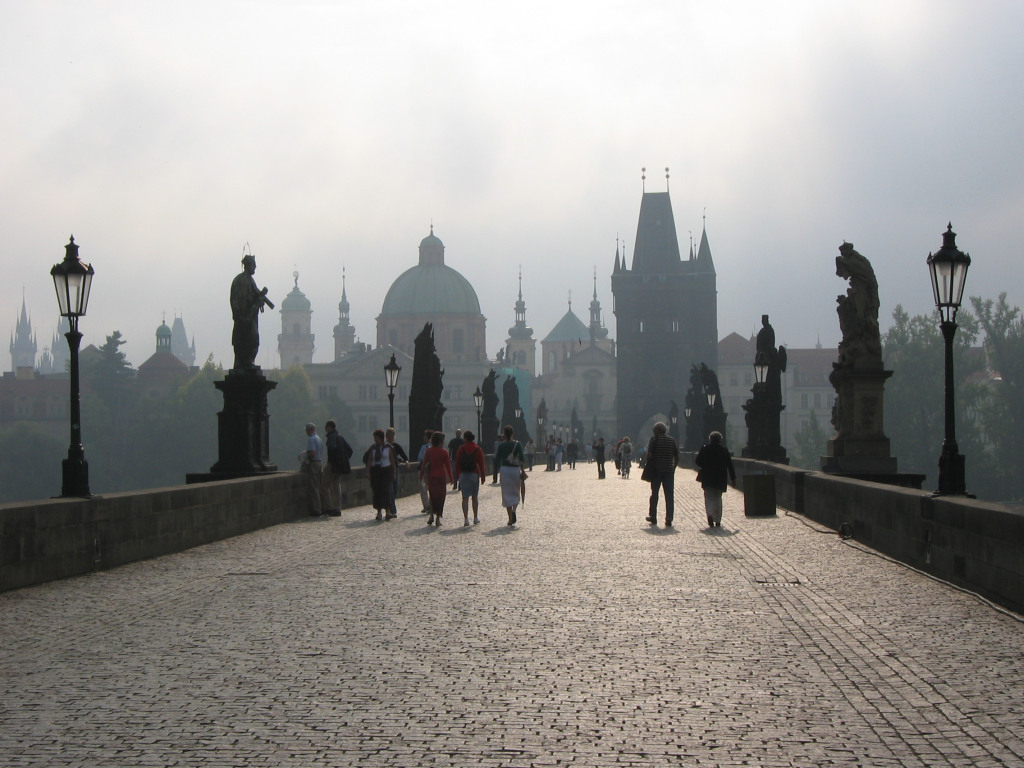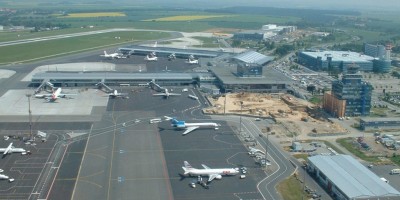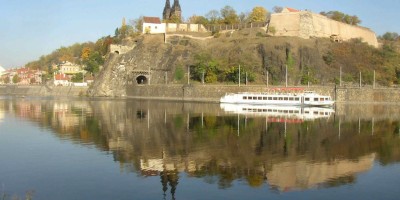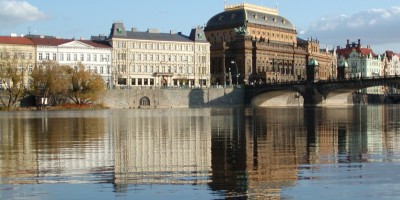Astronomical Clock
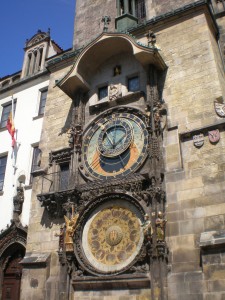 You will find this medieval clock on the wall of the Old Town City Hall which is located in the Old Town Square. It’s a quaint clock that moves every 12 hours. What’s interesting about it is the 12 apostles that start moving on top of the astronomical clock dial, and several symbolic sculptures moving to the side to give them way.
You will find this medieval clock on the wall of the Old Town City Hall which is located in the Old Town Square. It’s a quaint clock that moves every 12 hours. What’s interesting about it is the 12 apostles that start moving on top of the astronomical clock dial, and several symbolic sculptures moving to the side to give them way.
This clock was made by Hanus the clock master who lived during the 15th century. Legend of the Astronomical Clock tells about Hanus, so the story goes, who refused to allow anyone to see his construction plans despite many requests. Then when the Prague councilors discovered his plan to build another clock better than the first, they caused him to go blind so he wouldn’t be able to do it. In anger, Hanus supposedly damaged the clock and it was never repaired.
In reality, the plans for the clock was found in 1961 and it states the name of Mikula, who allegedly worked with an astronomer and professor to create the plans and eventually build it in 1410.
Prague Castle
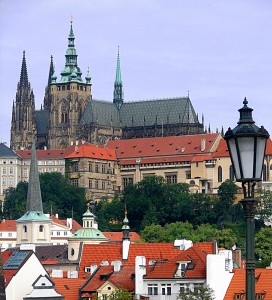 This has been the place where the rulers of the Czech Republic reigned ever since the 9th century. The Prague Castle is known to be the largest ancient castle in the whole world. Inside the compound are amazing historical architecture like the Old Royal Palace, St. Vitus Cathedral, and St. George’s Basilica.
This has been the place where the rulers of the Czech Republic reigned ever since the 9th century. The Prague Castle is known to be the largest ancient castle in the whole world. Inside the compound are amazing historical architecture like the Old Royal Palace, St. Vitus Cathedral, and St. George’s Basilica.
Over the years, the Prague Castle has undergone repair many times to help preserve its authenticity and keep it alive, so to speak.
Wenceslas Square
Here in Wenceslas Square, many historical events took place. This is like the point where Prague citizens converge whenever they need to get together, especially when some major drama is unfolding.
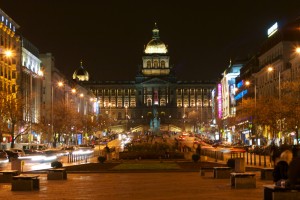 Here you will find major tourist sites like the National Museum and the Monuments of St. Wenceslas.
Here you will find major tourist sites like the National Museum and the Monuments of St. Wenceslas.
The original name of Wenceslas Square was Horse Market, named by King Charles IV in 1340. It’s reason for being built was to have a place to trade horses.
Trams were the usual mode of transportation and soon became electrical trams in the 1900s. Then in 1978, an underground was built, called Mustek. This was followed by another underground named Muzeum, providing tourists and locals with a more extensive network beneath.
Wenceslas Square is also the site of the Velvet Revolution which marked the end of communism in the country. When this happened, over a quarter of a million people came to witness the event unfold before their very eyes.
Charles Bridge
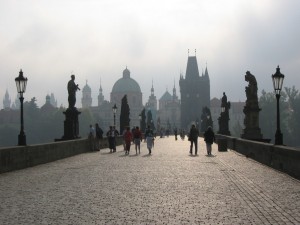 This is probably the second most famous tourist destinations in Prague. It is the oldest bridge in Prague and one of the most amazing bridge ever built. It has 16 pillars, with Gothic towers, and was built before the 15th century.
This is probably the second most famous tourist destinations in Prague. It is the oldest bridge in Prague and one of the most amazing bridge ever built. It has 16 pillars, with Gothic towers, and was built before the 15th century.
There is also no other place more romantic for an evening walk than on Charles Bridge.
Initially, this bridge was called the Prague Bridge. It only became known as Charles Bridge around 1870, and it has gone through so much physical trauma mainly from floods.
